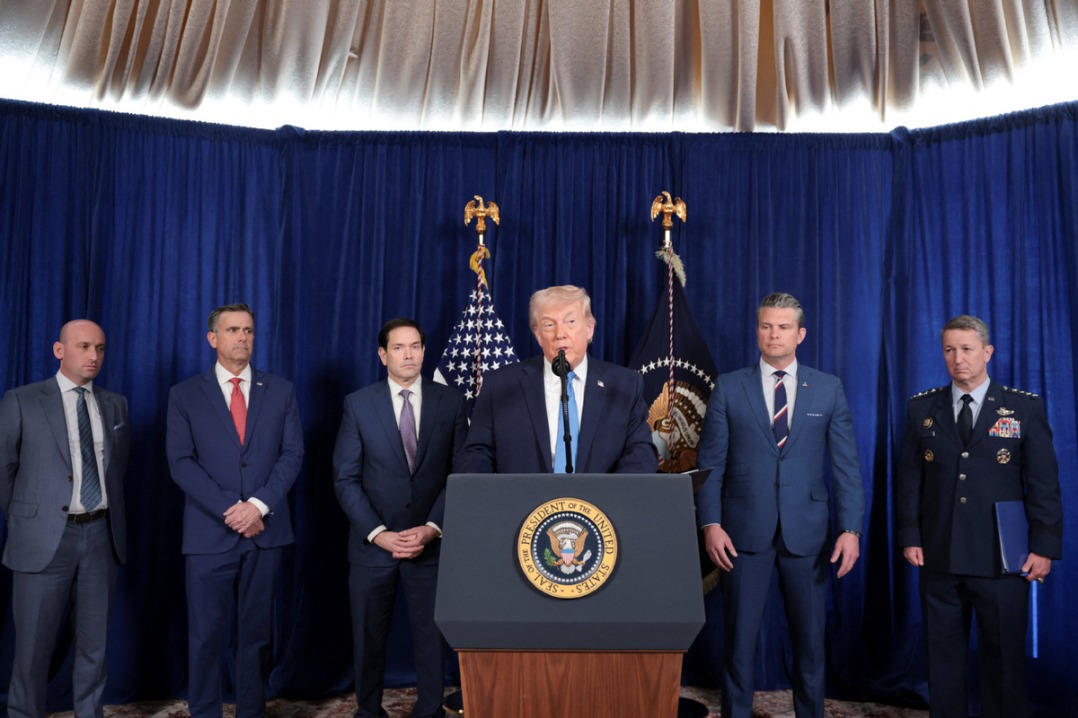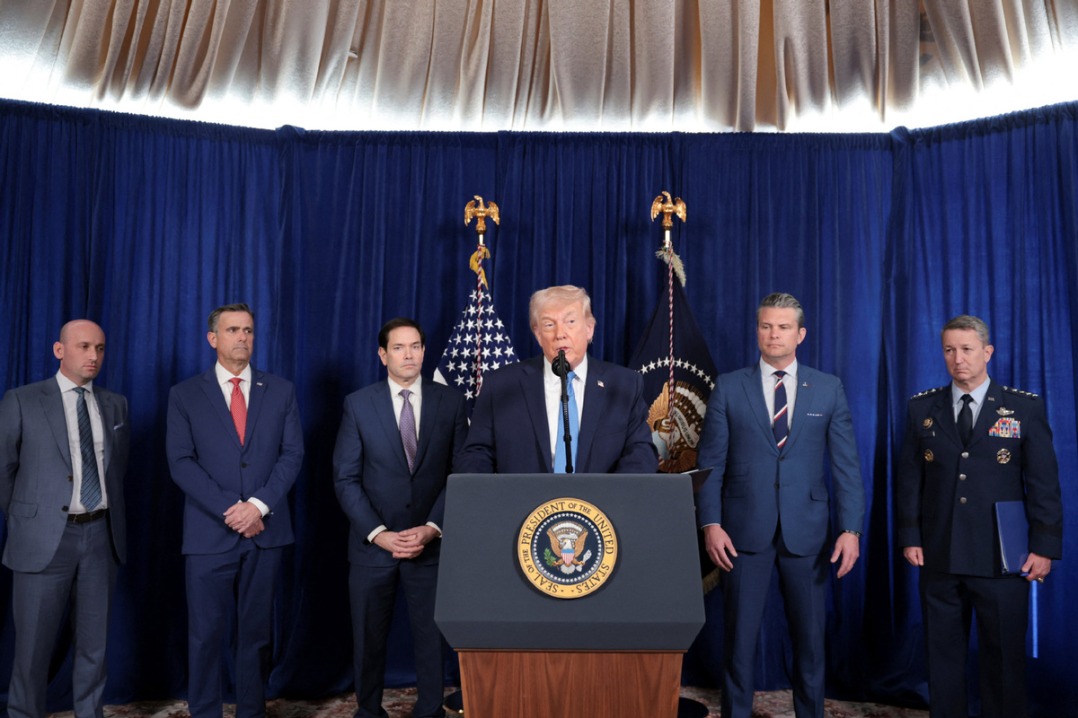The future of memory storage could reside within DNA
By Barry He | China Daily Global | Updated: 2020-02-20 08:43
Modern hard drives are a convenience of life that has allowed us to enjoy exponential storage of our digital memories and media in recent years.
A 2GB memory card in 2008 cost me close to $200, to my dismay as a video game-addicted teenager.
Now, in 2020 you can obtain a 200GB memory card for a 10th of that price.
However, the next stage for data storage could lie in the magic of DNA after researchers from Switzerland and Israel managed to use DNA to store and print out 3D models of rabbits.
It is estimated that DNA holds information up to 10 million times more efficiently than even our best silicon attempts.
DNA stands the test of time. The information is passed on accurately down to the billionth data unit over hundreds of millions of years. It is possible and unfortunate for the organism that has to bear this burden, but DNA copying rarely does go wrong and there are seldom mistakes.
DNA can be extracted from the bones of wooly mammoths that died tens of thousands of years ago in the Siberian tundra, with their genome completely intact still to this day and readable by scientists in their entirety. All the information that you would require to build a sophisticated ice-age beast weighing several ton is there. A single gram of DNA is enough to hold nearly 1 billion terabytes of information.
Researchers from the Israeli company Erlich Lab and the Swiss Federal Institute of Technology in Zurich, have described their work in the publication Nature Biotechnology.
The researchers managed to encode the Stanford Bunny, a standardised computerized 3D graphics test model invented in 1994 that tests a design methodology's ability to accurately scan and reproduce a standardized model of a bunny rabbit.
The data from the computer graphic code was converted into DNA instructions that were then protected by a sheet of microscopic silicon. By mixing this mixture with a plastic base and feeding it into a 3D printer, the researchers were able to produce a 3D object that contained within every part of itself. DNA coding gave instructions on how to produce more copies of itself, akin to all living things on Earth.
By shaving off a tiny part of the bunny's ear, researchers had everything they needed to then produce more copies of the Stanford Bunny. Arguably, this version of the Stanford Bunny was closer to a living bunny in biological principle than any sculpture of a rabbit ever produced by humanity previously.
An additional benefit of DNA is its flexible storage form. All other forms of information storage that are manmade have a fixed geometry. Take, for example, CDs or hard drives, which cannot change shape.
However DNA is the only form of data storage known that can be stored as a liquid. This means that the information required to produce anything can be directly injected into any object. Cars, medical implants, electronic components and building materials could all include their own blueprint, without the necessity of paper blueprints or plans written down or stored anywhere. Simply by existing they offer the ability to show someone how to replicate their useful value.
"Imagine a societal norm in which every object must encode the instructions for making the object," Stanford University bioengineer Drew Endy said to IEEE Spectrum. "Given the incredible information density of DNA data storage, such information could, in some commonplace objects such as refrigerators, also include a fully unabridged guide to rebuilding all of civilization."
This future seems very removed from our present day system of production, which seems very primitive in comparison. One may also wonder about the potential issues regarding copyright law and protecting patents, if every object easily has the code to reproduce more of itself. However, thinking of such safeguards for what is now still an exciting, but very experimental concept, is a long way away. This does not mean however, that it could any less revolutionary.
Barry He is a London-based columnist for China Daily
























